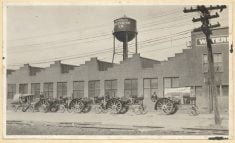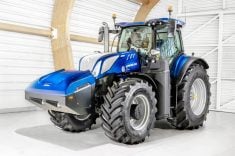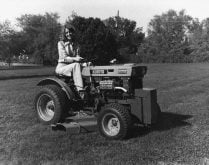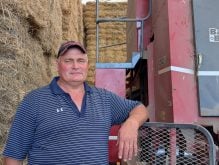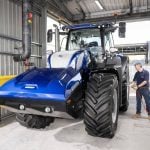Marcrest Manufacturing, home of the Bale Baron, is painting 2025 red with a significant expansion.
“In 2025, we’re building a new paint shop,” said Mark Horst, Marcrest president, adding the 45,000-square-foot facility will help ease the existing space crunch. “It’s three times bigger than what we need for painting to maybe do some pre-assembly and some extra warehouse.”
Why it matters: The new building will increase efficiency, provide warehouse space, and potentially create new jobs for the company.
Read Also
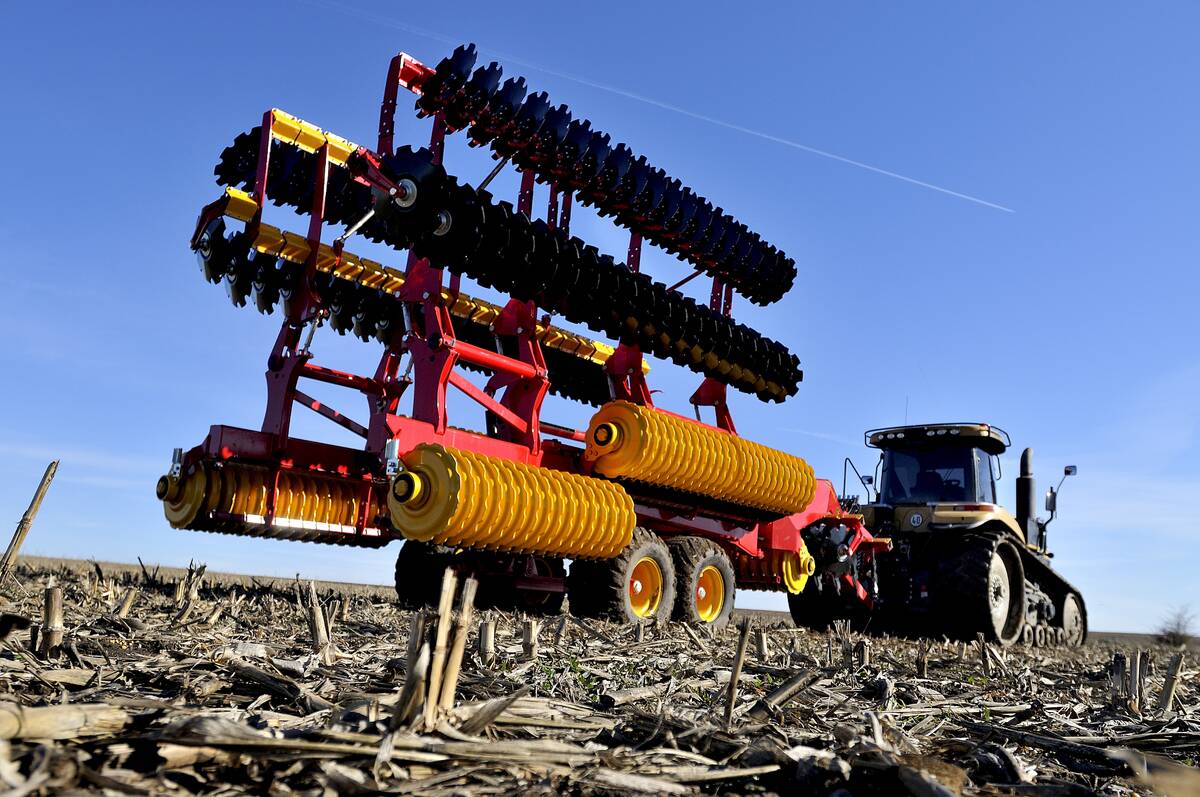
Evolution of European equipment manufacturers runs deep
A look at how Lemken and Väderstad have evolved from their traditional offerings of tillage equipment to include planting and seeding equipment in their lineups.
Horst joked that manufacturing is like farming – the driving shed is never big enough. He said the paint facility wasn’t initially the top priority but was a logical investment.
In the spring of 2018, Marcrest moved into its Listowel location, believing it would accommodate future expansion; however, with 70 employees, including 10 engineers and staff at the nearby welding shop, even the office space is beginning to feel the pinch.
“As we grew, we outgrew the capacity of our local powder coating shops (because) everybody was busy, and they couldn’t handle us anymore,” Horst explained. “We had to drive further (to Toronto) to get it done.”
Marcrest Manufacturing’s growth over the last 22 years has been significant, from the development of the 4200 series Bale Baron prototype in 2003 through its nine iterations until the introduction of the 210 high-capacity baler at the end of 2024.
Like the automotive sector, Marcrest outsources most of the fabrication, machining, and painting, but assembly and detailing are in-house.
“We work on batches of 20, and because of that, we’re working on three batches at any given time. Finishing one, starting one, and in the middle of one,” Horst said, adding each machine takes 200-250 hours. “In assembly, they’re in the middle of one.”
They added extra warehouse space and a two-floor shipping department with parts storage within the last year.
“The new shipping and parts department is mainly geared towards courier shipments, supplying our customers and dealers,” said Horst. “We moved in at the end of December (2023), so we’re barely in here a year.”
Seventy per cent of production is exported to the United States, with Ontario accounting for 10 of the 15 per cent of Canadian sales, equal to approximately 200 to 300 machines. According to Horst, Western Europe, England, France and Germany, with some Scandinavian sales, Australia, New Zealand and three to Saudi Arabia account for the remainder.
He believes the discrepancy between U.S. and Canadian sales is relative to population, the demand for small squares of hay and straw in the equine market, and the small ruminant and construction sectors. The Western market is growing, said Horst. However, Ontario’s proximity to the Florida market, similar to Alberta’s to California, provides access to cheap freight, but that’s a challenge for Saskatchewan and Manitoba.
Horst isn’t concerned about losing sales to similar products from the U.S. or Spain, saying you can’t win every sale.
“Competition is good; competition makes business,” explained Horst. “You need competition. You shouldn’t be without it. It makes you better.”






